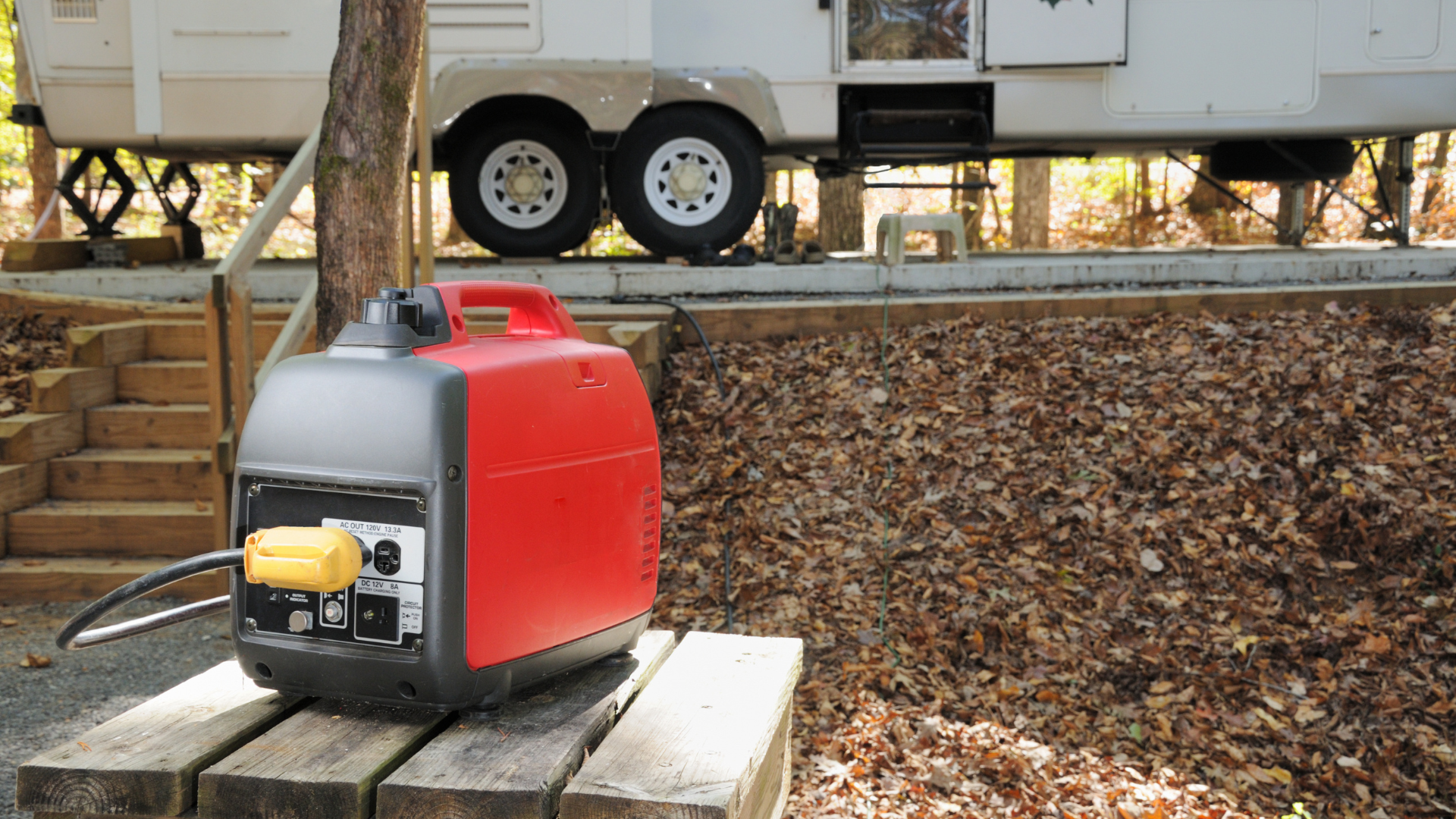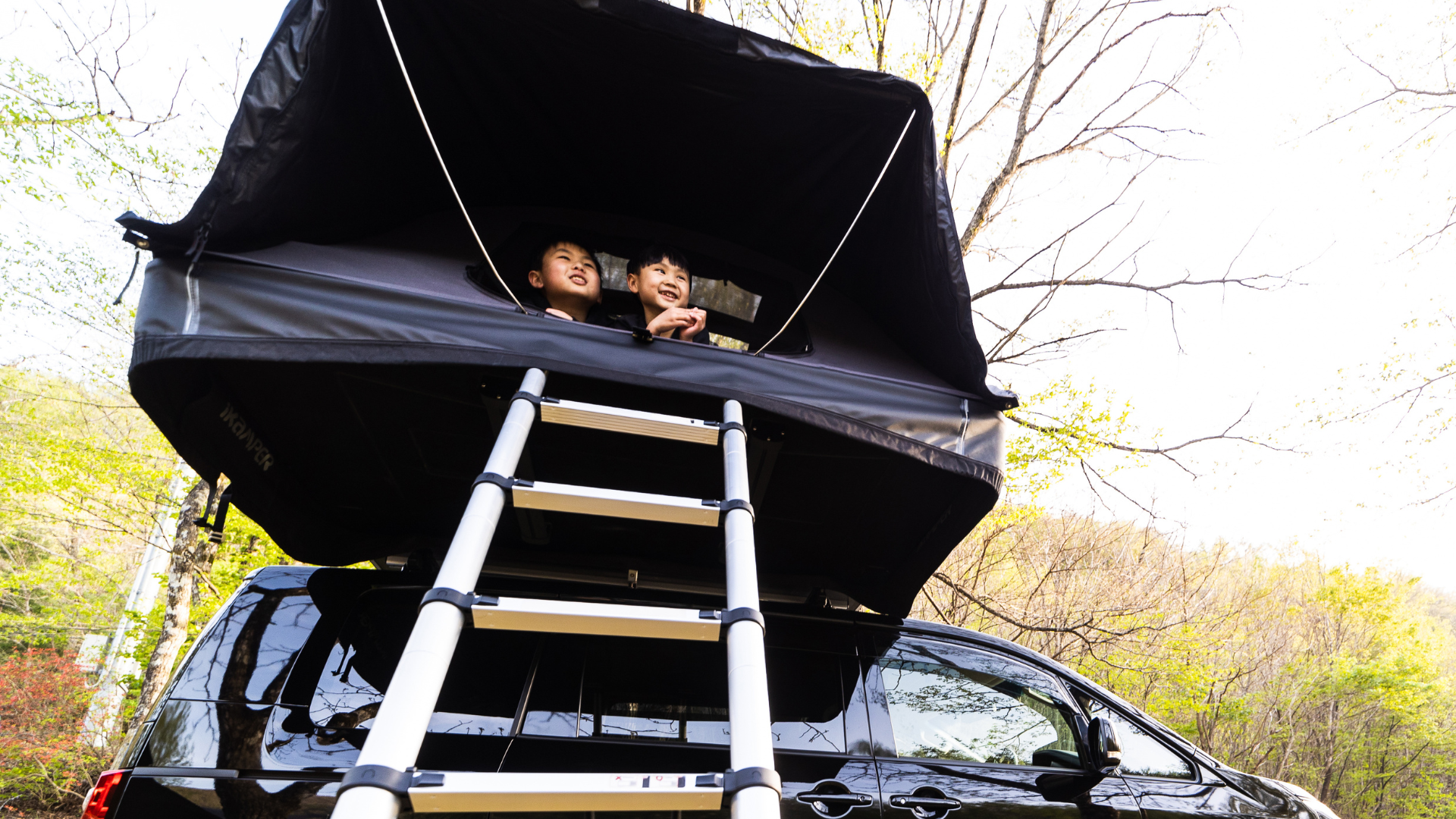When the summer heat becomes unbearable, camping enthusiasts often find themselves seeking ways to stay cool while enjoying the great outdoors. One option that comes to mind is using a portable air conditioner. However, the question arises: Can you put a portable air conditioner in a tent?
In this article, we will explore the possibilities and considerations of cooling your tent with a portable air conditioner. A little effort has to be done to find a unit that’s tent-friendly and can make your summer camping more comfortable. You can put an air conditioner in a tent if you have chosen the right one.
Understanding the Challenges
Cooling a tent poses unique challenges due to the limited space and lack of insulation. Tents are typically designed to be lightweight and breathable, which means they offer minimal protection against external temperatures. Moreover, the confined space makes it difficult for cool air to circulate effectively. Therefore, using a portable air conditioner requires careful planning and consideration.
Can You Put a Portable Air Conditioner in a Tent? ( Factors to be Considered)
1. Choice of a Right Portable Air Conditioner
Before you embark on your camping trip, it’s essential to select the right portable air conditioner for your tent.
- Consider the BTU rating of the unit, which determines its cooling capacity. Matching the BTU rating to the size of your tent is crucial for optimal cooling performance.
- Assess the power source options available at your camping site and choose a portable air conditioner that aligns with your power supply capabilities.
- Noise level considerations are also important, as you don’t want to disturb your fellow campers.
Portable Air Conditioners
Portable air conditioners are versatile cooling devices that can be used in various settings, including tents and camping trailers. These units are compact and designed for easy transport. They require a power source, such as electricity, or portable power solutions like generators or battery packs.
- They provide efficient cooling, allowing you to create a comfortable environment inside your tent or camping shelter.
- Many portable air conditioners also come with built-in dehumidifiers, which can help control moisture levels and enhance overall comfort.
Evaporative Coolers
Evaporative coolers, also known as swamp coolers, offer an alternative cooling method for camping in dry climates. These devices work by utilizing the natural process of water evaporation to lower the surrounding temperature. Evaporative coolers pull warm air from the outside through water-soaked pads. As the air passes through the pads, the water evaporates, resulting in cooler air that is blown into the space.
- They consume less energy compared to traditional air conditioners.
- They also require less complicated installation, making them suitable for portable use during camping trips.
- However, it’s important to note that evaporative coolers work best in dry climates, as they add moisture to the air. In humid environments, their effectiveness may be limited.
Window-Mounted AC Units
For campers staying in RVs or camping trailers, window-mounted air conditioning units can provide efficient cooling. These units are installed in a window or a dedicated opening in the vehicle’s wall. Window-mounted AC units function similarly to traditional home air conditioners, utilizing a compressor and refrigerant to cool the air.
Window-mounted AC units offer powerful cooling performance and are ideal for larger camping vehicles or trailers.
- They can cool the entire space quickly and effectively, ensuring a comfortable camping experience even in hot weather.
- However, it’s important to consider your camping vehicle’s power requirements and size when choosing a window-mounted AC unit.
2. Preparing Your Tent
Proper preparation of your tent can significantly enhance the cooling efficiency of a portable air conditioner.
- Ensure your tent has sufficient ventilation by opening windows or vents. This allows for the circulation of cool air and the expulsion of hot air.
- Sealing the tent effectively using methods like sealing seams and using a groundsheet can improve insulation.
- Creating a suitable power supply, whether through electrical hookups or portable power solutions, is necessary to run the air conditioner.
3. Setting Up the Portable Air Conditioner
Once you’ve chosen the right portable air conditioner and prepared your tent, it’s time to set up the unit. Position the air conditioner in a central location within the tent to maximize the distribution of cool air. It’s crucial to vent the hot air produced by the air conditioner. This can be achieved by connecting the exhaust hose to an opening in the tent or using a window adapter. Managing condensation is also important to prevent moisture buildup inside the tent.
- Choose a Suitable Location: Select a suitable location inside the tent where you can place the air conditioner. Ensure that there is enough space and proper ventilation for the unit to function effectively.
- Prepare the Power Source: If the portable air conditioner requires electricity, make sure you have access to a power outlet or a reliable power supply. If the unit operates on batteries or solar power, ensure that they are fully charged or have enough sunlight.
- Unpack and Assemble the Air Conditioner: Unpack the portable air conditioner and remove all packaging materials. Follow the manufacturer’s instructions to assemble the unit properly. This may involve attaching any necessary hoses, exhaust ducts, or window kits.
- Extend the Exhaust Hose: Extend the exhaust hose provided by the air conditioner. This hose is used to vent the hot air produced by the unit. Connect one end of the hose to the air conditioner’s exhaust outlet and the other end to the designated vent opening or window.
- Secure the Exhaust Hose: Ensure that the exhaust hose is securely connected at both ends to prevent any air leaks. If needed, use tape or clamps to secure the hose in place, ensuring a tight seal.
- Adjust the Air Conditioner Settings: Depending on the model set the desired temperature, fan speed, and any additional settings on the control panel or remote control. Refer to the manufacturer’s instructions for specific guidance on operating the portable air conditioner.
- Power On the Unit: Plug the portable air conditioner into the power source or turn it on using the designated power switch. If the unit has batteries or a solar power option, activate the power source according to the manufacturer’s instructions.
- Test the Air Conditioner: Allow the air conditioner to run for a few minutes to ensure that it is functioning correctly. Check for cool air coming from the unit and ensure that the ventilation system is working properly.
- Adjust the Ventilation: If your tent has windows or vents, adjust them to allow proper airflow. This helps with the circulation of cool air and the expulsion of hot air from the tent.
- Monitor and Maintain: Keep an eye on the air conditioner’s performance throughout your camping trip. Regularly clean or replace filters as instructed by the manufacturer. Also, check the exhaust hose for any obstructions or damage.
Other factors to consider when choosing a tent AC
- Size and Portability
- Power Source
- Cooling Capacity
- Noise Level
- Energy Efficiency
- Installation and Ventilation
- Durability and Weather Resistance
- Consider any additional features or functionalities offered by the AC unit. This could include adjustable fan speeds, built-in air purifiers, remote control capabilities, or even compatibility with smart home systems.
- Price and Budget
Conclusion
while it is possible to put a portable air conditioner in a tent, it requires careful planning and consideration. Choosing the right portable air conditioner, preparing the tent adequately, and setting up the unit properly are essential steps for a comfortable camping experience. Remember to prioritize safety and explore alternative cooling options if necessary. With the right approach, you can beat the heat and enjoy a refreshing camping trip.
FAQs
- Can I use a regular air conditioner in a tent? Regular air conditioners are not suitable for tent use due to their size, power requirements, and ventilation needs. Portable air conditioners are specifically designed for smaller spaces like tents.
- How much power does a portable air conditioner consume? The power consumption of a portable air conditioner varies depending on its BTU rating and settings. It’s essential to check the specifications provided by the manufacturer to determine the power requirements.
- Can I use a portable air conditioner in a tent without electricity? Portable air conditioners typically require electricity to function. However, there are portable power solutions available, such as camping generators or battery packs, that can provide the necessary power.
- Are there any safety concerns when using a portable air conditioner in a tent? Safety is paramount when using a portable air conditioner in a tent. Keep the unit away from flammable materials, ensure proper ventilation, and never leave the air conditioner unattended.
- Can I leave the portable air conditioner running all night in the tent? Leaving the portable air conditioner running all night can drain the power source and may not be necessary. It’s advisable to monitor the temperature and adjust the air conditioner accordingly to maintain a comfortable sleeping environment.




